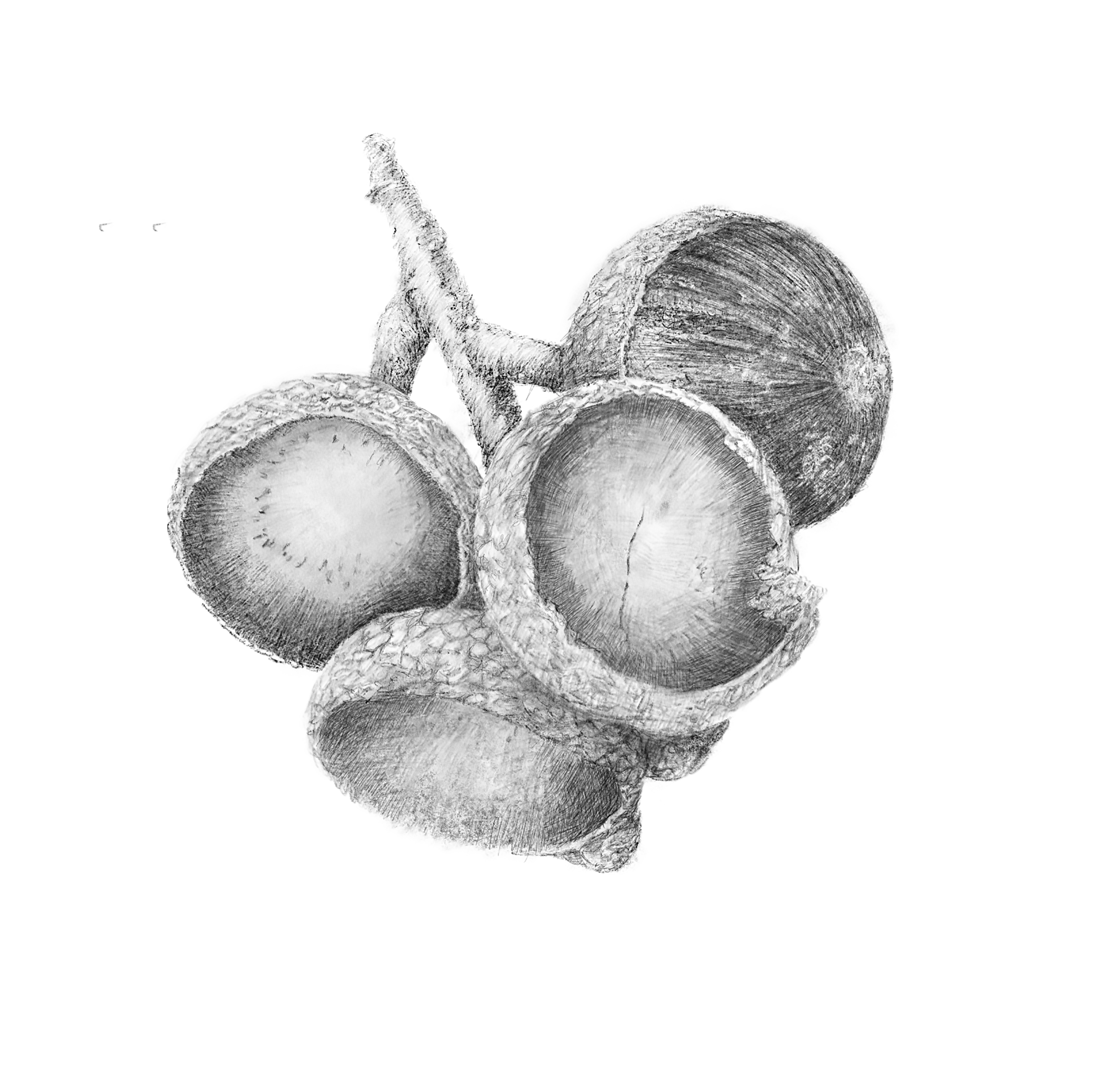
This drawing is 8th in the series of Fruit of Drawing. It includes three empty Autumn acorn cups and one still to be released, in search of warm winter leaves and grounds to germinate in the Spring.
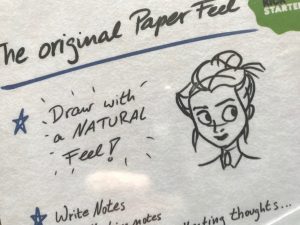 This drawing was the opportunity to try and test a new addition to my toolset: Paperlike. This is a sheet of textured film that adheres to the glossy iPad screen surface.
This drawing was the opportunity to try and test a new addition to my toolset: Paperlike. This is a sheet of textured film that adheres to the glossy iPad screen surface.
I have spent many hours perfecting my drawing technique on the iPad. First with various styli and finally with the perfectly matched Apple Pencil, which in tandem with the procreate app, with its multitude of variable brushes, is perfected for the tablet surface. However drawing with these tools has always ‘felt’ materiality different to drawing on paper with graphite pencils. After all they are ‘digital’. I have developed drawing techniques and styles for the smooth surface which over time has made it possible to make rewarding digital drawings. The fruits of drawing series are all made using this approach.
Getting the balance between traditional drawing materials and contemporary digital possibilities is always of interest and like many other human activities technology moves on and the launch of ‘paperlike’ offered a new addition.
It was developed by Jan Sapper and funded through a £40K Kickstarter raise in 2017: ‘ We optimized the PaperLike for maximum precision and control. The friction is perfect for long drawing sessions or taking notes in endless meetings. And yes, it also feels nice.’ with testimonies like: ‘There’s actually a lot more resistance between the tip of the pencill and the surface – it really changes the way the ipad feels” and “The nice texture and grip, makes it easier to get whats in my head on to the screen”.
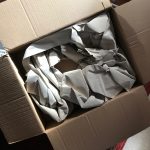 There were a few not so positive reviews, mainly about the application of the film to the iPad screen and avoiding dust. I ordered it and it arrived in a relatively massive box.
There were a few not so positive reviews, mainly about the application of the film to the iPad screen and avoiding dust. I ordered it and it arrived in a relatively massive box. 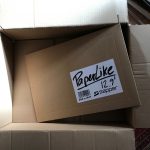 Once I got through the paper packaging to the A4 envelope I watched the video and decided to take the dust avoidance advice and fix the screen in the allegedly dust free bathroom.
Once I got through the paper packaging to the A4 envelope I watched the video and decided to take the dust avoidance advice and fix the screen in the allegedly dust free bathroom.
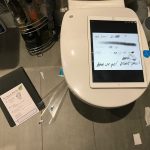 I nearly succeed, but a couple of pesky bits of dust evaded my cleaning and polishing. Before drawing I scrolled around applications with my fingers and the screen certainly felt much more like paper with its paper like, rather than digital glass friction.
I nearly succeed, but a couple of pesky bits of dust evaded my cleaning and polishing. Before drawing I scrolled around applications with my fingers and the screen certainly felt much more like paper with its paper like, rather than digital glass friction.
Using the Apple Pencil I tested out a variety of pencil/brushes to get a feel for what was possible. My ‘favourite’ pencil brushes seemed to visually deliver a softer line, with more texture. Drawing was more tactile which I had hoped for. The screen has a rough rag paper coarseness which encourages a ‘natural’ drawing technique with the drawn mark response more akin to an analogue pencil on paper relationship.
Before Paperlike arrived I had begun to draw the Acorn bunch and rather than start a new drawing I added new layers and began to draw with the new surface.
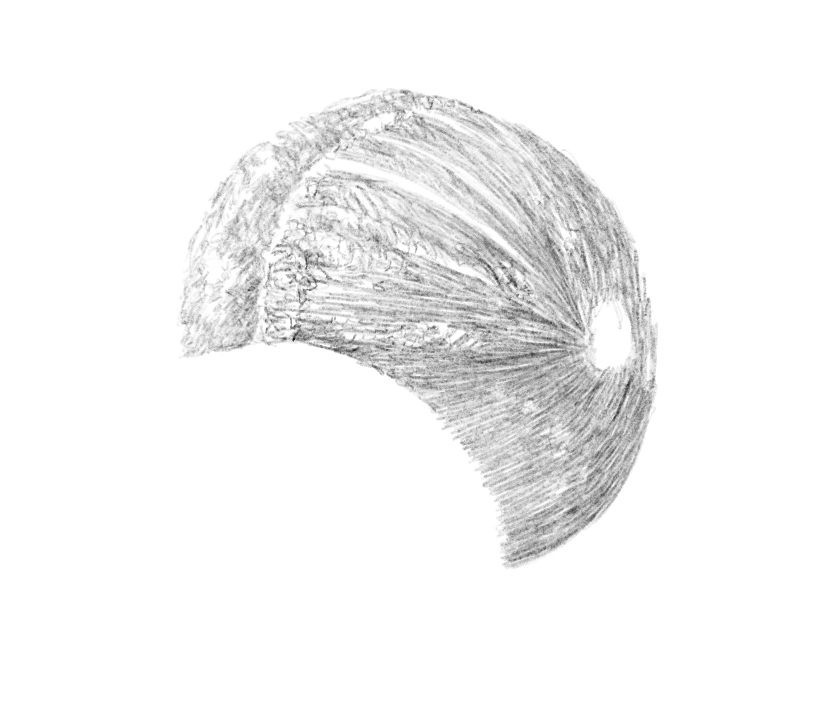
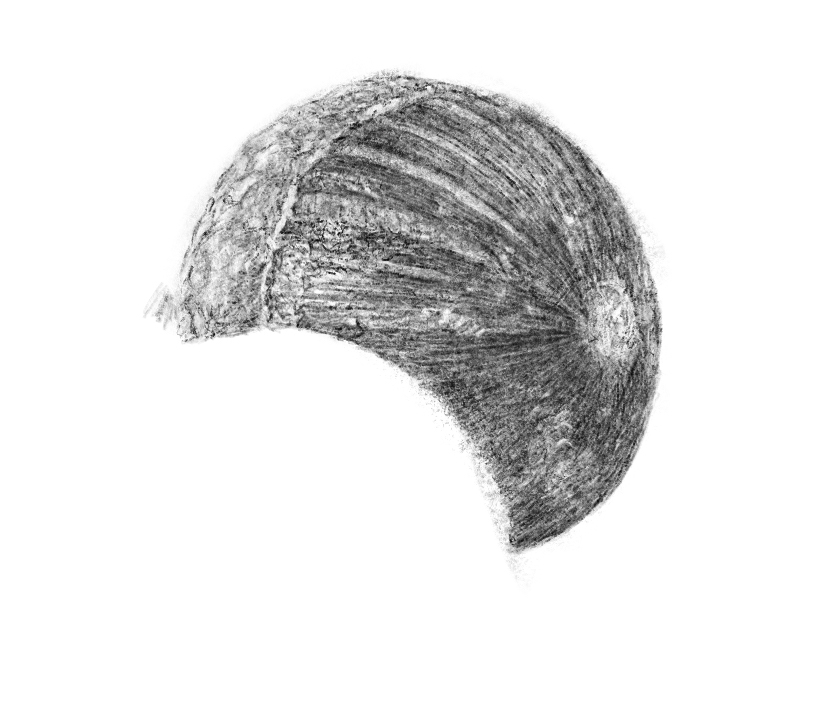
The two images are at different stages of completion, but there is a material difference between them. The first is less textured, the second, after getting used to the textured surface and a range of pencils, is less ‘smooth’ than the first. As I experimented with procreate pencils I used HB, 6B, Blunt, Narinder and techical pencils. I had never used the narinder and technical pencils in previous drawings as they felt too fine and sharp for the gestural drawing I wanted to make for the fruits. I used the blunt pencil much less than in the previous drawings as it was too textured and difficult to control the spread softly.
All in all I enjoy the grain of the paperlike surface and the opportunity it has offered to draw on a less slippy surface more materially akin to a paper sketchbook, but with the digital opportunities of layering, reviewing and multiple choices of pencils. A step forward bringing digital and analogue drawing closer.
And it sounds different! The pencil sounds like it is drawing on a textured surface.
More Fruit, Portrait and Location drawings will confirm the value as I hope not to have to remove the film from the iPad screen.
More Paperlike details.
Acorn Life Cycle’s First Stage
The first stage of the acorn seedling’s life is fruiting. This is when an acorn grows on the oak tree, which happens through the spring and summer shortly after the tree has flowered in the spring. Different type of acorns can fall at various times. For example, toward the end of the summer or in early fall, fully grown acorns from white oak trees fall to the ground. Acorns from red oak trees fall during late fall or winter.
The Beauty of Uneaten Acorns
Acorns are heavier than many tree seeds and usually fall to the ground close to the parent tree. Acorns rarely sprout or germinate when close to the parent tree due to lack of light through the tree’s canopy. This function is performed by squirrels and other rodents that scatter, hoard and eat the acorn seedlings. Those acorns left uneaten have the chance to sprout and grow into an oak tree.
Acorns need the right soil conditions to germinate and sprout. Most germination of trees will begin during the early spring season. They require loose and moist and nutrient-rich soil in a location that gets plenty of sunlight and rainfall. Given these conditions, the acorn will start to germinate and grow a taproot that pushes deep into the surrounding soil. As the taproot grows down, the acorn sends a shoot upward. This is the first stage in the transformation of the mighty oak tree life cycle.
Reproduction is often aided by birds such as jays, which bury acorns to retrieve later, perhaps forgetting where they stored them.

